|
|
Home →
Survival →
Cordage
Pictures of Finished Cordage
|
|
Burdock |
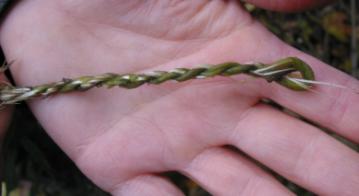 |
Burdock makes good cordage.
The outer skin is used, just as in dogbane. Plants from the previous
year can still be used effectively. Here is a small
length of cordage made from burdock of the current year. It is still
green, although it has dried out a little bit. This was made in
October. |
|
| |
|
|
| |
|
Sedges |
|
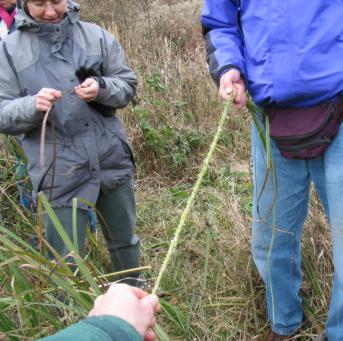
|
Sedges can make decent cordage. However, they should be
partially dry.
This length of cordage was made from green sedges, and
it broke under strain.
|
|
| |
|
Here is a length of sedge cordage made from sedges that
have partially dried out - hence the darker colour. If the sedges dry out too much, they become brittle.
|
|
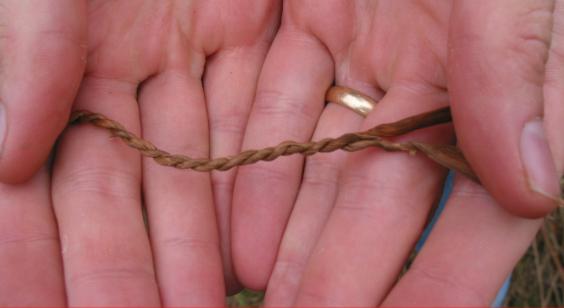
|
| |
|
| |
|
Hemp |
|
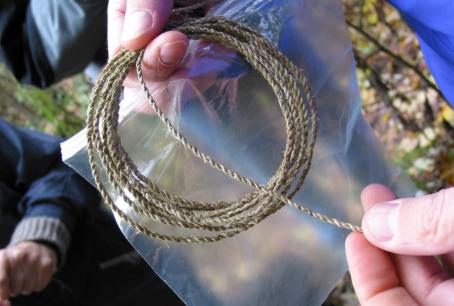
|
Hemp is a classic cordage material.
Prior to the rise in use of marijuana it was widely
used as cordage. Unfortunately it came to be regarded by many as
being the "same" as marijuana, and so fell into disuse.
But hemp is not at all like marijuana, and there is absolutely no
way you can get high by smoking it.
Hemp makes excellent, strong cordage.
This is a photo of hemp cordage.
|
|
| |
|
| |
|
Agave |
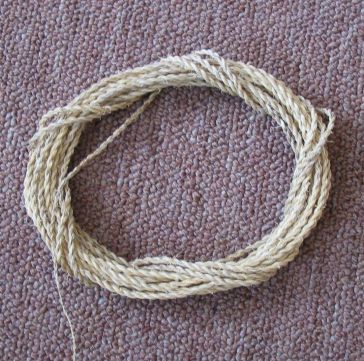 |
This cordage was made from Agave fibers. Agave is found
in the American southwest (Arizona etc). It has long tough fibers
which make it an ideal cordage material.
Agave is also known as "Century Plant",
because it grows for many years as a rosette of leaves, then one
year it suddenly sends up a very tall flower stalk (10 feet tall or
more) and then dies.
For more info, please see the Agave Cordage page on
this site.
Made by Rob Bicevskis
|
|
|
|
|
|